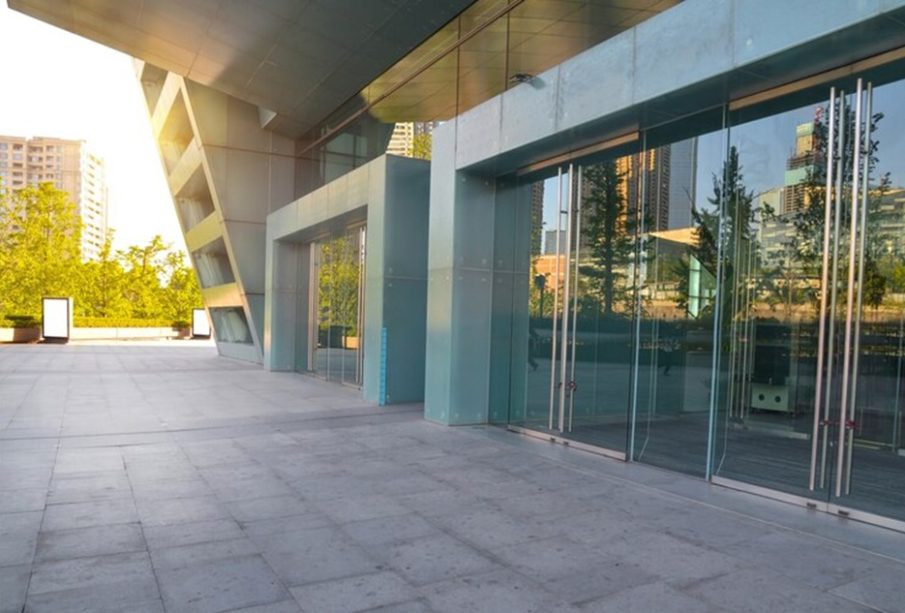How Do You Demolish Your Chimney and Install Durable Epoxy Flooring for Commercial Premises?

Renovations can be difficult for commercial property owners. Two popular jobs that require attentive planning and execution are chimney demolition and epoxy flooring installation.
First, chimneys are essential components of power plants and industrial buildings. When a facility is shut down, or a structure is nearing expiration, these huge structures can pose a significant safety risk, and their safe demolishing is a serious task.
Secondly, epoxy flooring is necessary for commercial places because it combines strength and style, creating a dependable surface. Look no further! This comprehensive guide will walk you through the steps of these processes.
Why demolishing the chimney is required?
Before beginning the destruction procedure, let’s go over why you might need to safely destroy your exhaust structures. Here are some common reasons:
- This is no longer in operation or has been damaged beyond repair.
- This is producing structural problems or safety risks.
- You intend to renovate or expand your working area, which would demand the removal of the structure.
Step-by-Step Procedure:
The process of chimney demolition can be dangerous and complicated. Take these actions to make sure you and other people are safe:
- Examine the Condition: To choose the best course of action, evaluate the chimney’s condition before demolition. Look for any fractures, weakened areas, or structural deterioration.
- Cut-Off Utilities: Cut off all utilities, including gas, electricity, and water, from the chimney.
- Remove Flue Liners: Take out all parts that might be attached to it, including the flue liners.
- Demolish the Chimney: Dismantle the all parts using a mix of power and hand tools. Start at the top and work your way down to avoid any possible dangers.
- Clear Debris: Clear the site of all debris and rubble.
Epoxy Flooring for Commercial Spaces

Composition
Epichlorohydrin, bisphenol A, and other epoxide chemicals are combined in commercial epoxy flooring to produce a durable surface. This mixture creates a solid layer that sticks firmly to concrete flooring. Additionally, this bond guarantees a high-quality surface that can withstand normal wear and tear found in industrial settings.
Benefits
This excels in practicality and beauty, adding a lovely, light appearance to any business environment. Its non-porous nature makes it easy to clean and stain-resistant, essential for upholding hygienic standards without requiring a lot of upkeep.
Moreover, epoxy flooring is made to resist heat, water, and harsh materials because of its chemical and thermal resistance.
Installation in Commercial Areas
Here are key steps for commercial epoxy floor install:
- Prepare the Subfloor: Make sure there are no old adhesives or coatings on the subfloor and that it is dry and clean.
- Prime the Subfloor: To ensure a solid connection between the epoxy and the concrete, prime the subfloor.
- Mix and Apply the Epoxy: Use a roller or squeegee to apply the epoxy to the subfloor after mixing it in accordance with the manufacturer’s directions.
- Add Decorative Flakes: To give more texture and aesthetic appeal, add aggregate or decorative flakes.
- Sealing: A clear sealant is used to shield the floor from damage and stains.
Conclusion
It takes careful planning, careful attention to detail, and a dedication to safely demolish a chimney and install long-lasting epoxy flooring for business premises. You may guarantee a stress-free and successful remodelling effort by adhering to the detailed instructions provided in this article. Always put safety first, adhere to the manufacturer’s instructions, and seek expert advice if you have any questions about any step of the procedure.















